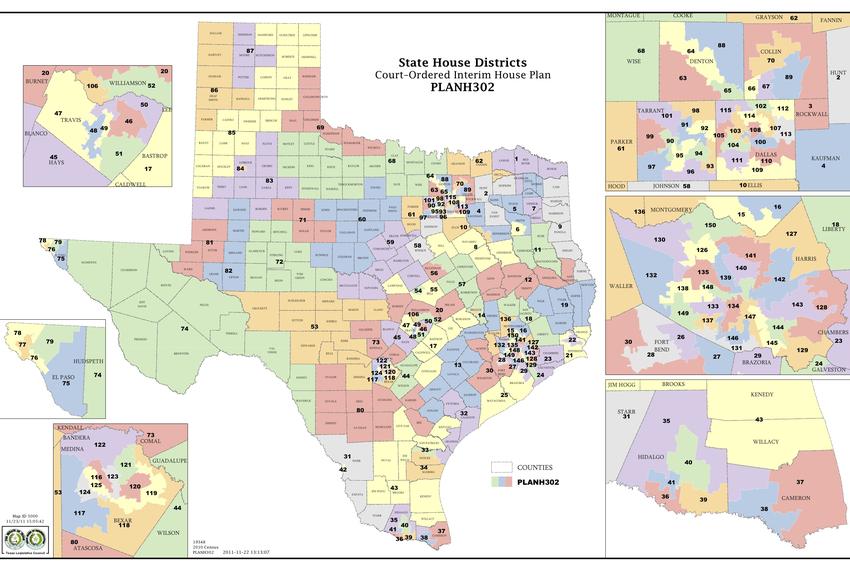Texas House Committee Approves Controversial Redistricting Proposal
A Texas House committee has controversially approved a new congressional redistricting map that is expected to add five Republican-leaning districts for the upcoming elections. The decision, which was reached along party lines with a vote of 12 to 6, follows extensive public hearings during which opposition from Democratic lawmakers and community members was voiced.
The proposal is set to be considered by the full House as early as next week, raising concerns among Democrats about potential voter suppression, particularly for communities of color. Despite these claims, GOP lawmakers argued that the redistricting effort is designed to enhance political opportunities for Republican candidates.
Goals and Motivations of the Redistricting
Republican Representative Todd Hunter, who sponsored the bill, made it clear that the primary objective of the new congressional map is to create political edge for their party, eschewing potential legal justifications. “I’m telling you, I’m not beating around the bush,” Hunter stated, underscoring that the five new districts would reflect favorable political performance.
The state Republicans initiated the redistricting process under pressure from former President Donald Trump’s associates, aiming to secure a stronger foothold in the House ahead of challenging midterm elections. According to the proposed changes, districts in major metropolitan areas such as Houston, Austin, and Dallas would be revised to reflect additional Republican-friendly districts that backed Trump by a significant margin in the 2024 elections. Trump garnered 56.2% of votes in Texas that year.
Currently, Republicans hold 66% of Texas’s House seats, and the new map seeks to elevate that number to 79%.
Concerns Over Minority Representation
The redistricting plan has triggered accusations from Democrats that it undermines the voting power of minority groups. As representatives pointed out, the new proposal would pack voters of color into a limited number of districts, thereby weakening their overall electoral influence. Representative Jasmine Crockett from Dallas voiced her concern regarding equitable representation for Black and Latino communities. “Every citizen should have equal access to choose their representation,” she stated.
Despite the growing population of people of color in Texas, which has predominantly fueled the state’s population increase, the new plan results in 24 majority-white districts—an increase from the current configuration.
Table: Proposed Redistricting Changes
| District Type | Current Count | Proposed Count |
|---|---|---|
| Majority White Districts | 22 | 24 |
| Majority Hispanic Districts | 1 | 2 |
| Majority Black Districts | 1 | 3 |
Legal Ramifications and Future Actions
While Republicans assert the new map’s alignment with partisan goals, illegal challenges could arise regarding potential violations of the Voting Rights Act. A ruling by the U.S. Supreme Court in 2019 allows states to craft electoral maps for partisan purposes, yet Section 2 of the Voting Rights Act protects against the dilution of minority voting power.
Past redistricting maps have faced scrutiny, and existing suits against formats drawn in 2021 are still in litigation. With state Democrats lacking the legislative power to thwart the proposed changes effectively, they are considering drastic measures like leaving the state to deny the quorum necessary for a vote.
As the legislative session continues, all eyes are on the upcoming vote, and whether the new congressional map, described by some opponents as a “Trump map”, will reshape the political landscape of Texas for years to come.

